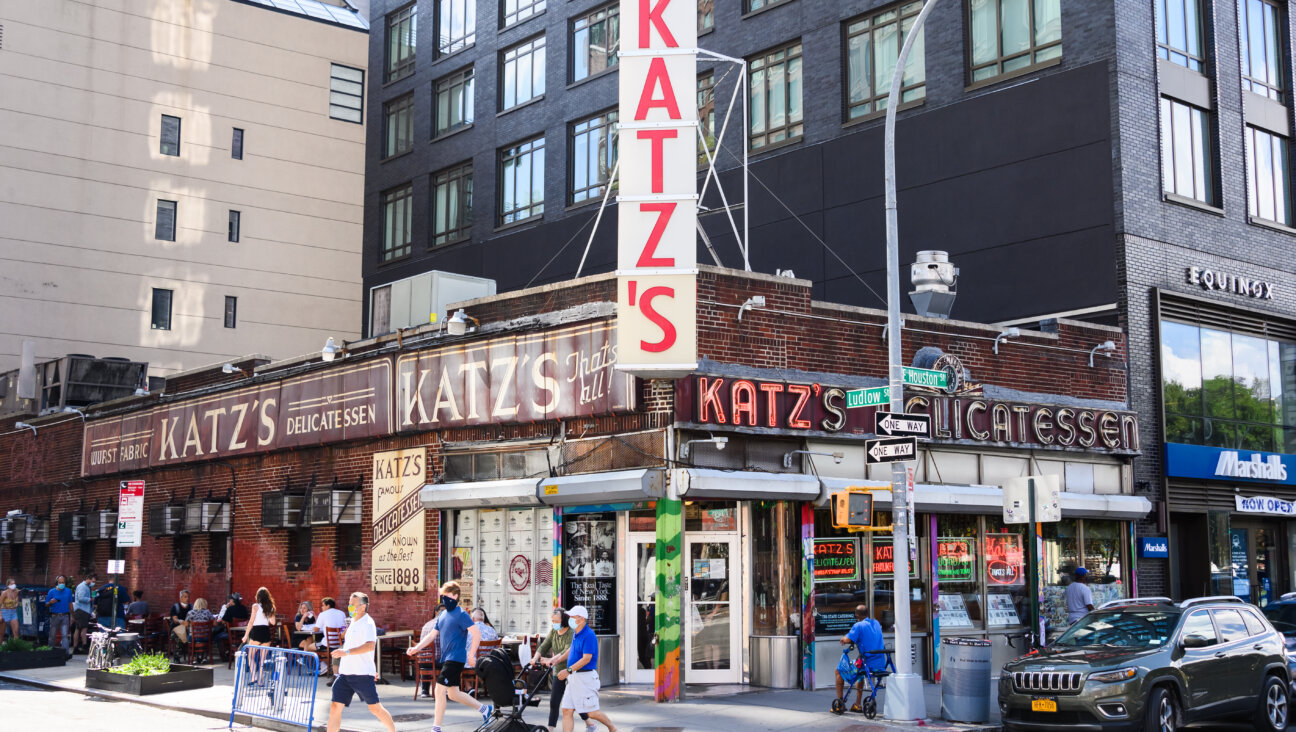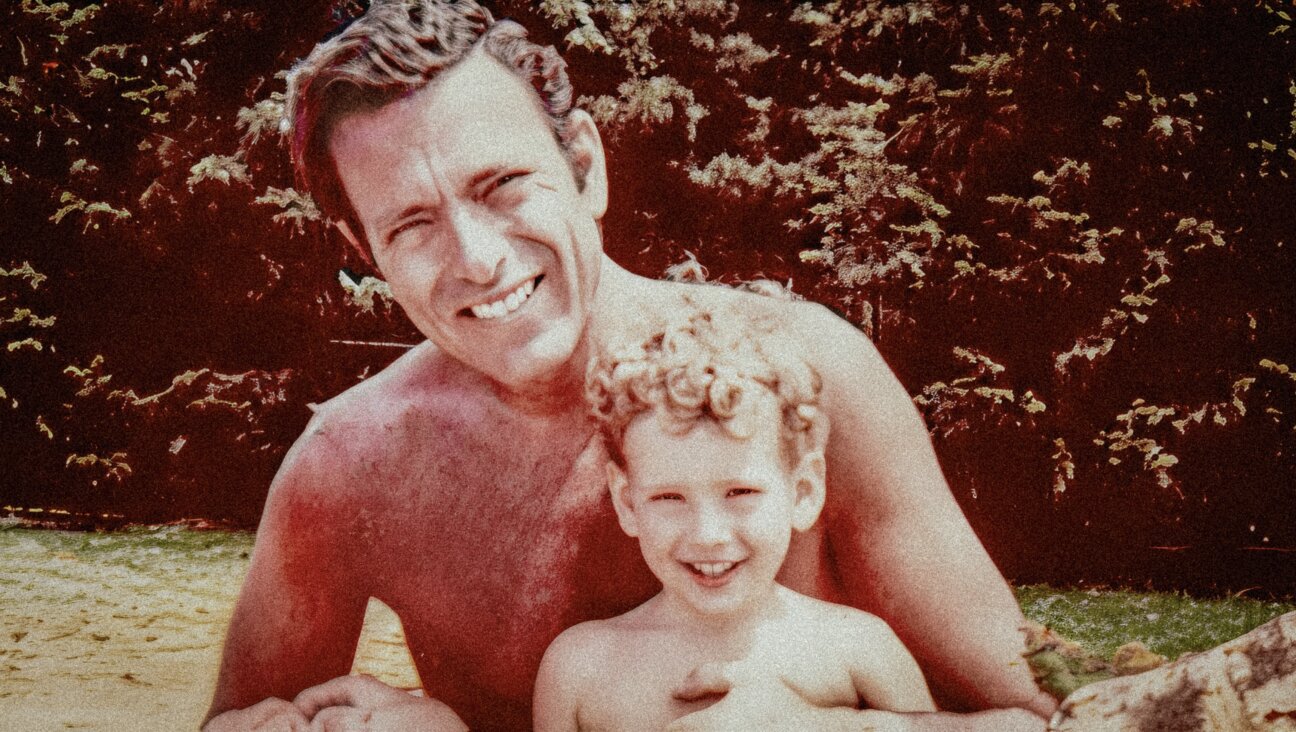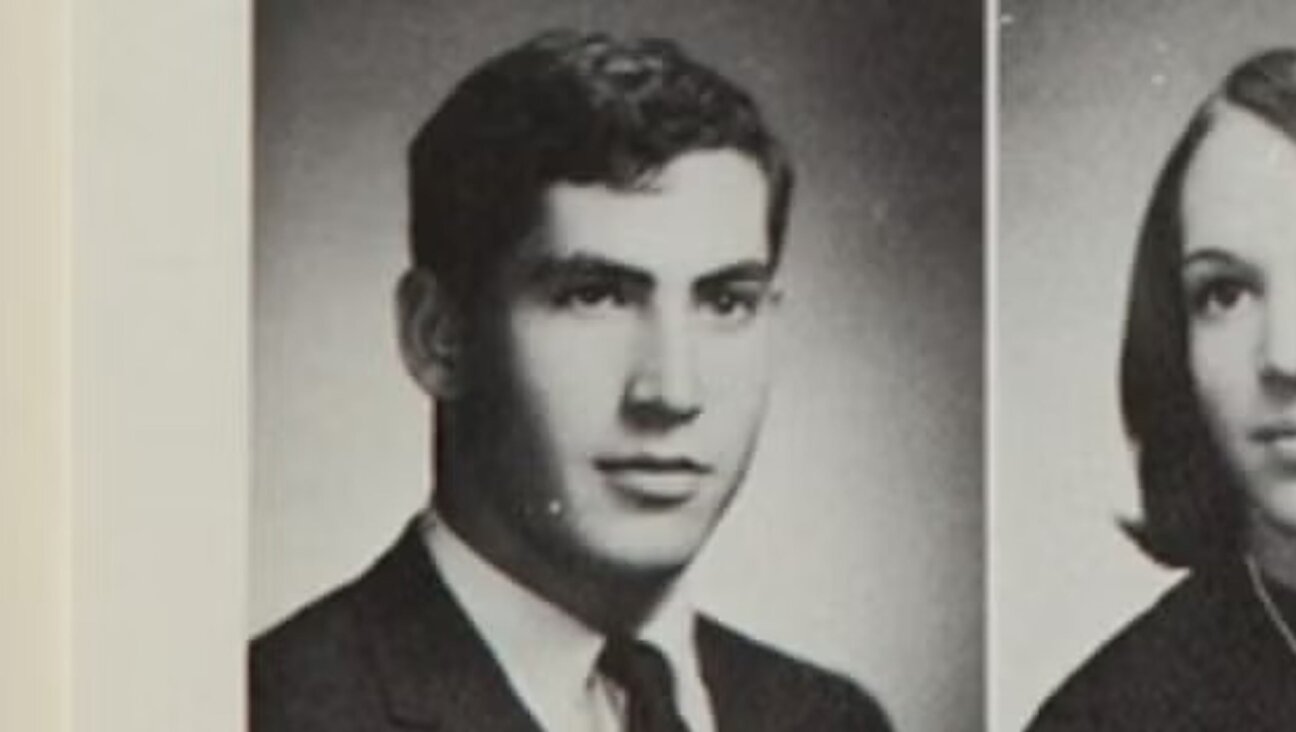Reform Judaism is a wounded giant. A historian explains why it got so big.

Graphic by Angelie Zaslavsky
Amid a seeming avalanche of Jewish organizational cutbacks, closings and furloughs, the Union for Reform Judaism (URJ) announced last Wednesday, that it would be cutting its staff by 20% due to coronavirus-related stresses. As with so many basic institutions of American life, the economic disruption caused by the pandemic is highlighting existential questions about the viability of key historic and contemporary institutions of American Judaism.
Founded in 1873 under a different name, the URJ is one of the longest-lasting institutions still framing American Jewish life. It set out to provide the infrastructure for an American Judaism independent of European texts, authority, and leadership. Founder Rabbi Isaac Mayer Wise’s primary goal in creating that first body was the creation of a rabbinical college, although he and his lay colleagues also wanted to help individual synagogues with things like curricula for Jewish religious schools. Hebrew Union College (HUC) was created within two years, with Wise as president.
The menu of littleneck clams, crab, shrimp and frog legs at the school’s first ordination dinner signaled that Wise would not be able to realize his vision of a union for all American synagogues. Still, the progenitor of the URJ represented the American belief in the possibility of a Judaism led by American rabbis, responsive to the needs of American Jews. Both that body and the rabbinical college were the first successful and long-lasting national institutions of American Jewish life. They modeled the structures other denominations would adopt to create their own versions of American Judaism, including sisterhood, brotherhood, and youth movements.
While most Reform Jews see their synagogues as the setting of their Jewish lives, in the background the national Reform movement — mainly the URJ and HUC — has always supplied the rabbis, prayer books, and larger networks that have shaped that religious experience. The funding mechanism has always been drawn from membership dues paid to local congregations.
Dissatisfaction with local funds being directed toward national needs has increased in recent decades, but it’s far from new — during the Depression, congregations fell into serious arrears with the movement, some owing up to tens of thousands of dollars. But even then, and certainly at the height of synagogue life during the 1950s and 1960s congregations needed what the national movement – with its monopoly on the supply of Reform rabbis and provision of prayer books, curricula, and youth programming – provided.
The Union worked continually to expand its points of contact. Starting in the 1950s, Reform Jewish camps (currently there are fifteen) provided strong regional hubs for immersive Reform Jewish experience. The creation of the Religious Action Center in 1961 likewise created another access point for Reform Jews committed to civil rights and progressive politics. Summer youth travel to Israel flourished in the 1970s, connecting Reform teenagers both to Israel and each other. Regional offices were created to support rabbis and congregations throughout North America. The rabbinical school campuses in Cincinnati and New York were joined by additional campuses in Los Angeles and Jerusalem.
Each of these entities met the needs of important regional and demographic constituencies, though by the last decades of the twentieth century, questions arose about the cost of such an apparently inefficient infrastructure. Yet, when questions were raised about the viability of any one piece of the network, supporters howled in pain at the suggestion that their own piece might be cut loose. Moreover, with the shrinking of the Conservative movement, many in the Reform movement believed that their relative openness to intermarried families could secure the movement’s future.
The last few decades, however, have not favored top-heavy denominational bodies. As individual congregations struggle with the cost of their own expensive physical plants and highly-paid clergy, it has become increasingly harder to justify, for instance, a four-campus rabbinical school serving a shrinking student body. Attempts to restructure, however, are fraught, as was evidenced by the outcry from the generations of Reform leaders trained at Camp Kutz, when that camp was closed last year.
As important as the URJ and HUC are as sources of Reform Jewish content and community, they no longer hold a monopoly on the provision of congregational needs. New seminaries provide potential rabbis outside denominational strictures. Liturgical options abound on the internet. Youth groups can be trans-denominational without requiring URJ dues. Thus, local versions of an active Reform Judaism no longer necessarily involve commitment to larger movement structures. Many congregational leaders do not understand why they are expected to pay 12% of membership dues to support the URJ and HUC.
Unlike many newer lodestones of American Jewish life, like Birthright, the liberal Jewish denominations depend on members — not megadonors or foundations — to pay the cost of doing business. With camps now closed for the summer, and with synagogues anxious about retaining dues-paying members, the URJ’s business model is under extreme stress. No one knows what will emerge from the disruptions instigated by the current pandemic. The URJ, HUC, and numerous other institutions that define today’s Jewish ecosystem were forged by folks who understood that a meaningful American Judaism required long-term and costly commitments to infrastructure, leadership and community that transcended local needs. These days, otherwise meritorious programs like Birthright and OneTable have been acclimating young American Jews to the idea that it’s the job of the Jewish community to invest in them, rather than the other way around.
It’s possible that after a virus-driven season of virtual seders, Shabbats, and b’nai mitzva, American Jews may return to their synagogues with renewed commitment to IRL communities and to institutions like the URJ that have sustained those communities. American Jews may emerge from this crisis with their collective affluence relatively intact still able to sustain historic denominational structures. Still, there’s no guarantee that their commitment to building a dynamic American Judaism will mimic the choices of their predecessors of almost 150 years ago.
Karla Goldman is the Sol Drachler Professor of Social Work and Professor of Judaic Studies at the University of Michigan, where she directs the Jewish Communal Leadership Program. She is the author of Beyond the Synagogue Gallery: Finding a Place for Women in American Judaism (Harvard).





















